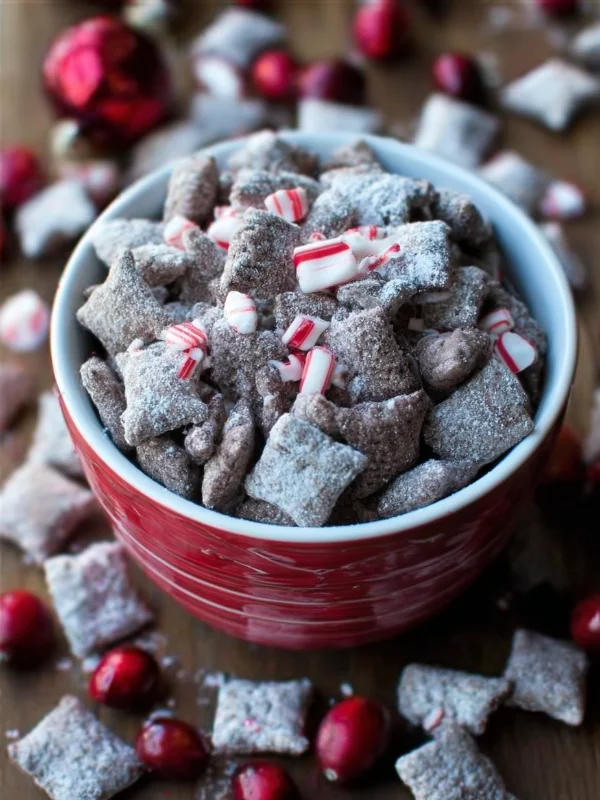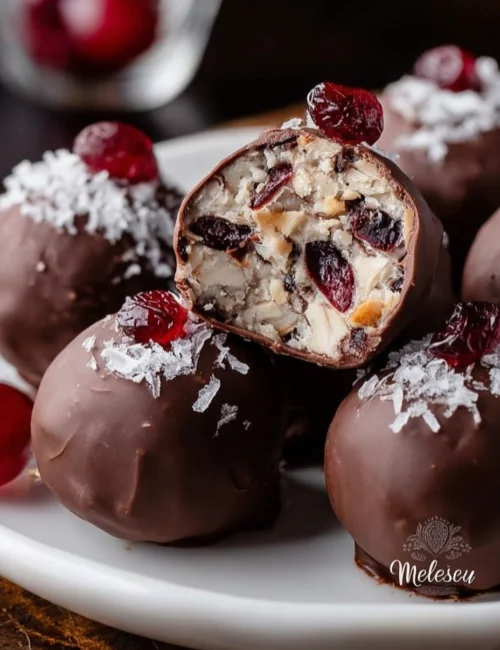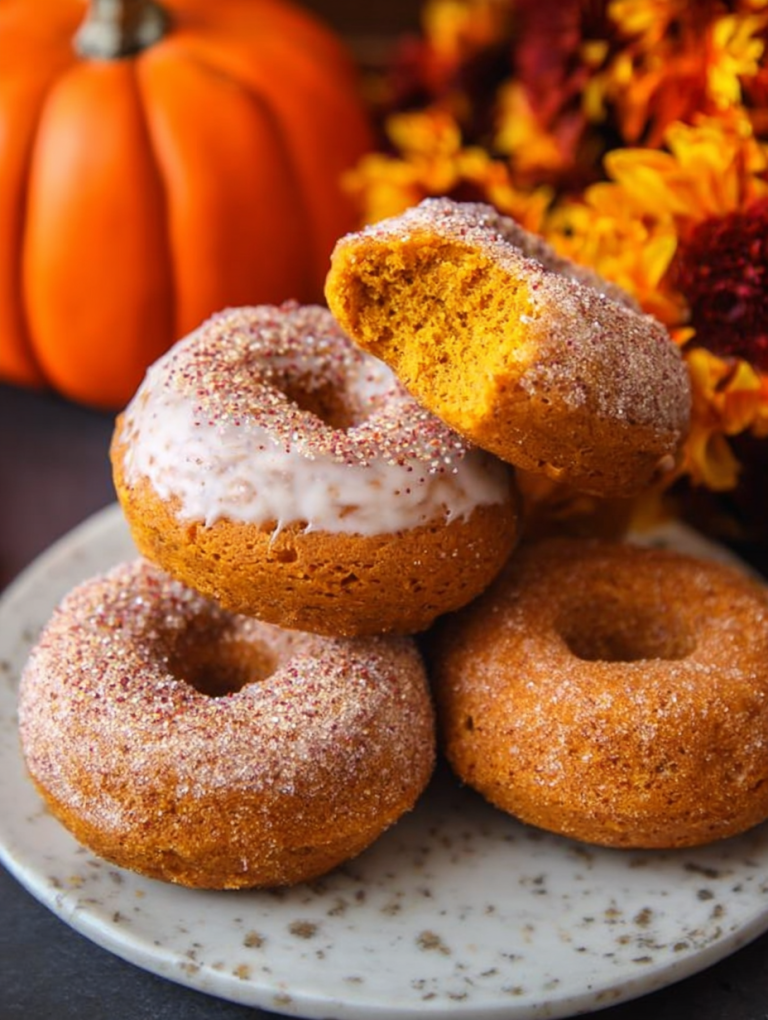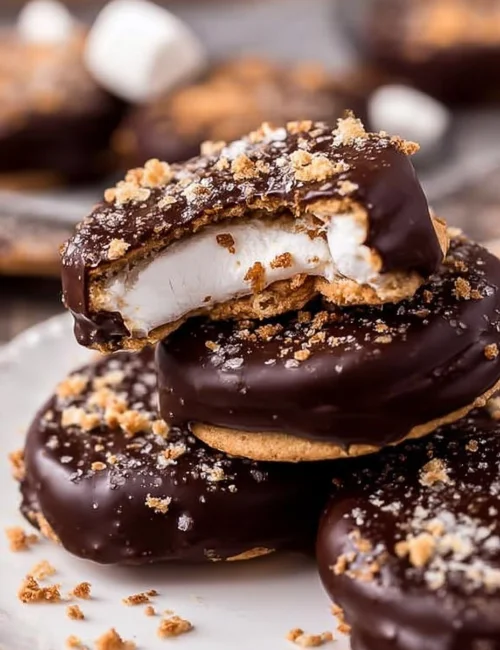You know that moment when you bite into something so ridiculously good that you immediately start calculating how many you can eat before anyone notices? That’s exactly what happened when I first made blackberry lemon bars. One bite, and suddenly every other dessert felt like a sad consolation prize.
These aren’t your grandmother’s basic lemon bars (though I’m sure hers were lovely). We’re talking about a dessert that combines the bright, zingy punch of fresh lemons with the deep, jammy sweetness of blackberries. The result? Pure magic that’ll have you questioning why you ever settled for store-bought anything.
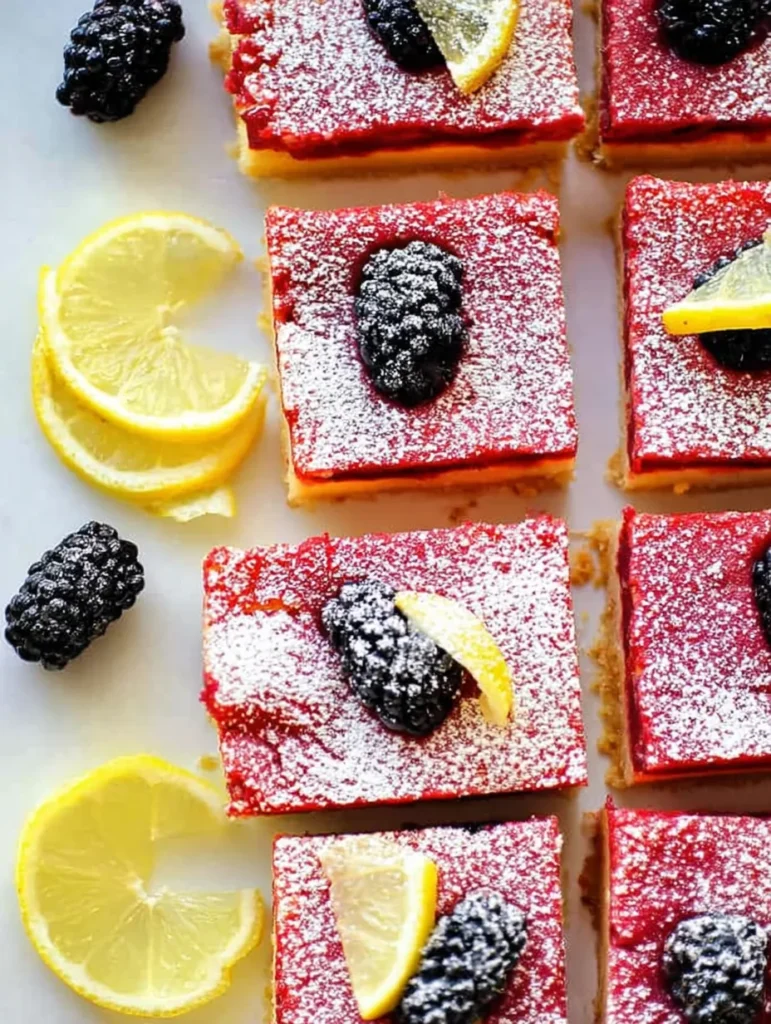
Why Blackberry Lemon Bars Hit Different
Ever wonder why some desserts just stick with you? Blackberry lemon bars work because they nail that perfect sweet-tart balance that keeps your taste buds guessing. The buttery shortbread crust provides the foundation, while the lemon curd filling delivers that mouth-puckering brightness we crave.
But here’s where it gets interesting – those blackberries aren’t just pretty decoration. They add bursts of concentrated sweetness that perfectly offset the lemon’s acidity. It’s like nature designed these flavors to work together, and honestly, who are we to argue with nature?
The texture game is strong too. You get that satisfying crunch from the crust, followed by the silky smoothness of the lemon layer, punctuated by those little pops of berry goodness. IMO, it’s the kind of dessert that makes you slow down and actually savor each bite.
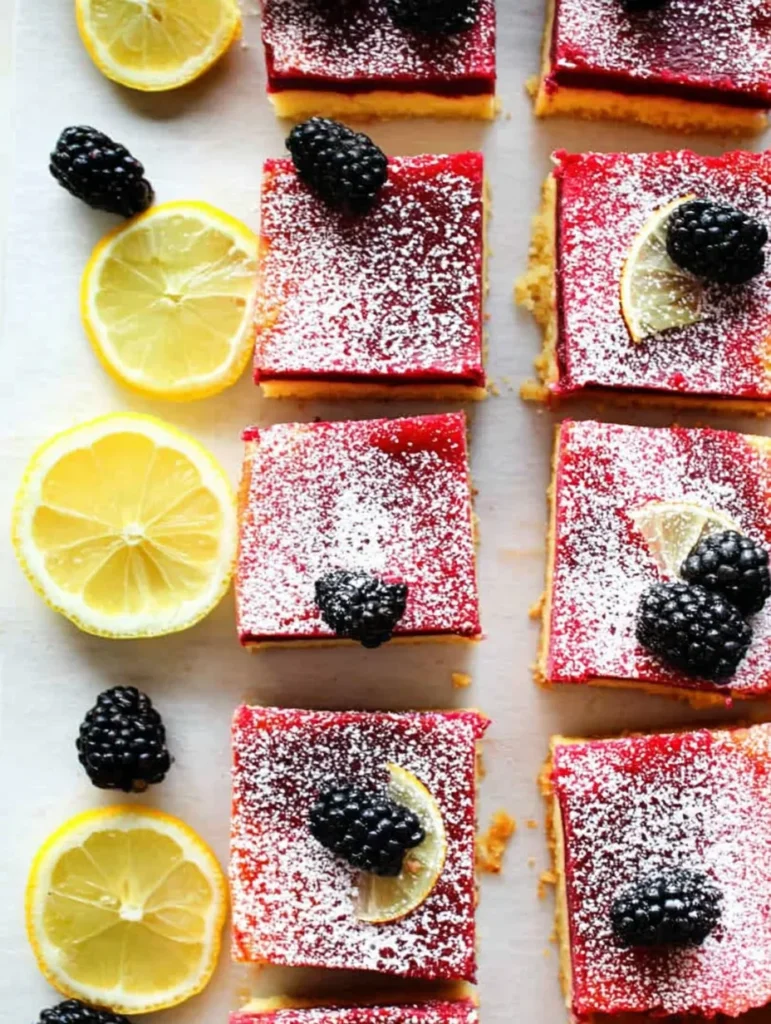
The Science Behind the Perfect Balance
Making blackberry lemon bars isn’t rocket science, but understanding why they work so well definitely helps you nail them every time. The key lies in balancing three crucial elements: acidity, sweetness, and fat content.
Lemons bring serious acidity to the party – we’re talking about a pH level that makes your cheeks pucker just thinking about it. Blackberries, depending on their ripeness, can range from tart to incredibly sweet. When you combine these with the rich, buttery crust, something magical happens.
The fat from the butter and eggs creates a creamy mouthfeel that mellows out the acid punch. Meanwhile, the sugar doesn’t just add sweetness – it actually helps balance the pH and creates that glossy, set texture we love in the filling. Pretty neat how chemistry works in the kitchen, right?
Key Flavor Components
- Lemon juice and zest: Provides the bright, acidic backbone
- Fresh blackberries: Adds natural sweetness and visual appeal
- Butter: Creates richness and helps carry flavors
- Eggs: Binds everything together and creates that custard-like texture
- Sugar: Balances acidity and aids in proper setting
Choosing Your Blackberries: Fresh vs. Frozen Showdown
Here’s where I’ll save you some trial and error – I’ve tested both fresh and frozen blackberries extensively, and the results might surprise you. Fresh blackberries obviously win in the looks department. They hold their shape better and create those Instagram-worthy moments when you slice into your bars.
But frozen blackberries? They pack a serious flavor punch. The freezing process breaks down cell walls, which means they release more juice and integrate better into the lemon filling. Plus, they’re available year-round and won’t break the bank like those fancy organic fresh ones.
My personal hack? I use a combination of both. About 70% frozen for flavor integration and 30% fresh for visual appeal and texture contrast. Trust me on this one – it’s the best of both worlds.
Pro Tips for Berry Prep
- Don’t thaw frozen berries before adding them – they’ll turn into mush
- Toss fresh berries in flour before folding them in to prevent sinking
- Taste your berries first – super tart ones might need a pinch of extra sugar
Mastering the Shortbread Crust Game
Let’s talk about the foundation of great blackberry lemon bars – that buttery shortbread crust. I’ve seen too many recipes treat this as an afterthought, and honestly, that’s just wrong. Your crust needs to be sturdy enough to hold all that luscious filling without turning into soggy cardboard.
The secret? Cold butter and proper technique. I’m talking about butter that’s cold enough to make you question your life choices when you try to cream it. This creates those little pockets of fat that result in a tender, flaky texture rather than a dense brick.
Temperature control matters throughout the entire process. Your dough should feel slightly cool to the touch when you press it into the pan. This helps prevent shrinkage and ensures even baking. Nobody wants lopsided bars – well, maybe your weird cousin who likes everything asymmetrical, but we’re not baking for them.
Crust Success Checklist
- Use cold butter straight from the fridge
- Don’t overwork the dough – mix until just combined
- Press firmly into pan corners to prevent shrinkage
- Pre-bake until edges are lightly golden
- Let cool slightly before adding filling
The Lemon Filling: Where Magic Happens
This is where blackberry lemon bars either soar or crash and burn. The lemon filling needs to strike that perfect balance between being set enough to slice cleanly but still maintaining that creamy, almost custard-like texture.
I’ve learned the hard way that fresh lemon juice makes all the difference. Sure, that plastic lemon might be convenient, but it tastes like regret and artificial flavoring had a baby. Fresh lemons give you that bright, complex acidity that bottled juice just can’t match.
The zest is equally important – it’s where all those essential oils live. When you zest a lemon, you’re basically extracting concentrated sunshine. Add too little, and your bars taste flat. Add too much, and you’re in bitter territory. The sweet spot? About two tablespoons of zest for every half cup of juice.
Lemon Filling Pro Moves
- Strain your filling before pouring to remove any lumps
- Room temperature eggs mix more easily and create smoother texture
- Don’t overbake – filling should jiggle slightly when done
- Cool completely before cutting for clean slices
Baking Temperature and Timing Secrets
Here’s where I see most people mess up their blackberry lemon bars – they treat every oven like it’s created equal. Spoiler alert: they’re not. Your ancient oven that’s older than your college debt might run hot, while your fancy new one might be more accurate than a Swiss watch.
I always recommend using an oven thermometer because trusting those built-in temperature readings is like trusting your phone’s battery percentage – it’s probably lying to you 🙂 The ideal temperature for the crust is around 350°F, while the filling needs a gentler 325°F to prevent curdling.
Timing is equally crucial. The crust should be lightly golden before you add the filling – we’re talking about a pale champagne color, not deep bronze. The filling is done when it’s set around the edges but still has a slight jiggle in the center. It’ll continue cooking from residual heat as it cools.
Storage and Serving Strategies
Let’s be real – if you’re like me, blackberry lemon bars don’t last long enough to worry about storage. But for those with actual self-control, proper storage keeps them tasting fresh for days.
Room temperature storage works for about two days if you cover them well. Beyond that, I recommend refrigerating them. The texture actually improves after a day in the fridge – everything melds together beautifully, and the flavors become more pronounced.
For serving, I always let refrigerated bars come to room temperature for about 30 minutes before cutting. Cold bars are harder to slice cleanly, and room temperature brings out all those fantastic flavors we worked so hard to develop.
Storage Best Practices
- Cover with plastic wrap to prevent drying out
- Store in single layers to maintain shape
- Use parchment between layers if stacking
- Freeze for up to 3 months wrapped tightly
Common Mistakes That’ll Ruin Your Day
I’ve made every possible mistake with blackberry lemon bars, so you don’t have to. Here are the big ones that’ll turn your dessert dreams into kitchen nightmares.
Overbaking the filling is disaster number one. You’ll end up with something that resembles scrambled eggs more than silky lemon curd. The second the edges look set, pull those bars out of the oven.
Using too much flour in the crust creates dense, tough bars that require serious jaw muscles to chew. The dough should hold together but still feel tender. If it’s forming a solid ball, you’ve gone too far.
And please, for the love of all things delicious, don’t skip the cooling time. I know waiting is torture when your kitchen smells like citrus heaven, but cutting hot bars results in a goopy mess that falls apart faster than my diet resolutions.
Variations That’ll Keep Things Interesting
Once you master basic blackberry lemon bars, the world becomes your oyster. I’ve experimented with different berry combinations, and let me tell you, the possibilities are endless.
Blackberry lime bars bring a more tropical vibe – perfect for summer gatherings. Mixed berry lemon bars using blackberries, raspberries, and blueberries create this gorgeous marbled effect that looks like edible art.
For texture fanatics, try adding a crumb topping instead of the smooth filling. Or swirl in some cream cheese for extra richness. The base recipe is forgiving enough to handle these variations without falling apart.
FYI, I’ve also made gluten-free versions using almond flour that turned out surprisingly well. They have a slightly different texture but maintain all that bright, fruity flavor we’re after.
The Final Verdict
Blackberry lemon bars represent everything I love about baking – they’re approachable enough for beginners but sophisticated enough to impress your most discerning friends. The combination of textures and flavors hits all the right notes without being overly complicated.
These bars taught me that sometimes the best desserts come from simple ingredients treated with respect. You don’t need fancy techniques or exotic ingredients – just quality basics and attention to detail.
So next time you’re wondering what to bring to that potluck or how to salvage a dinner party gone wrong, remember these bars. They’re your secret weapon for turning any gathering into a memorable one. Trust me, once people taste these, they’ll be asking for the recipe faster than you can say “blackberry lemon bars.”
And honestly? That’s exactly the kind of problem you want to have.

Blackberry Lemon Bars
Equipment
- 9×13-inch baking pan
- Mixing bowls
- Whisk
- Zester
- Citrus juicer
- Spatula
- Oven thermometer (recommended)
- Fine-mesh strainer
Ingredients
- For the Crust:
- 1 cup 226g unsalted butter, cold
- 2 cups 240g all-purpose flour
- 1/2 cup 60g powdered sugar
- 1/4 tsp salt
- For the Lemon Filling:
- 4 large eggs room temperature
- 1 1/2 cups 300g granulated sugar
- 1/2 cup 120ml fresh lemon juice
- 2 tbsp lemon zest
- 1/4 cup 30g all-purpose flour
- 1/4 tsp salt
- For the Berries:
- 1 cup frozen blackberries
- 1/2 cup fresh blackberries optional for topping
- 1 tbsp all-purpose flour for tossing fresh berries
Instructions
- Preheat oven to 350°F (175°C). Line a 9×13 pan with parchment paper.
- Make the crust: In a bowl, combine flour, powdered sugar, and salt. Cut in cold butter until the mixture resembles coarse crumbs. Press evenly into the bottom of the pan.
- Bake crust for 18–20 minutes or until lightly golden. Let cool slightly.
- Prepare lemon filling: In a separate bowl, whisk eggs, sugar, lemon juice, zest, flour, and salt until smooth.
- Strain filling through a fine-mesh sieve to remove lumps.
- Add frozen blackberries directly to the filling. Toss fresh berries in flour if using, then fold in.
- Pour filling over pre-baked crust.
- Reduce oven temp to 325°F (160°C) and bake for 25–30 minutes, or until the edges are set and the center jiggles slightly.
- Cool completely, then chill in the fridge for 2–3 hours before slicing.
- Dust with powdered sugar and serve.

